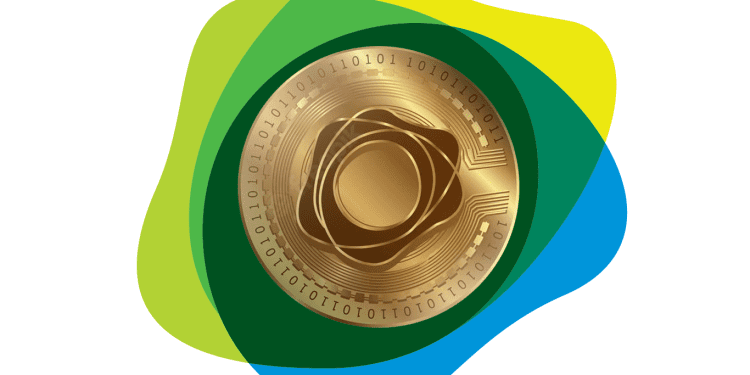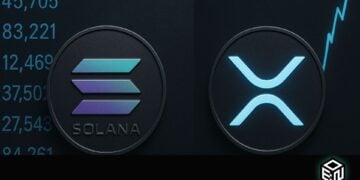Pax Dollar (USDP) represents what was previously known as Paxos Standard (PAX). Like BUSD, USDP is issued by Paxos Trust Company, a blockchain infrastructure company. USDP is the fifth stablecoin in the top ten series, fiat-backed, and the second by Paxos in the top ten stablecoins by market cap.
Paxos originally started as an exchange in 2012 called itBit (still in operation). In 2015 it shifted towards offering crypto services and products and launched USDP in 2018. As a fiat-backed currency, it is backed 1:1 by the US dollar, custodied by Paxos in the form of US treasury bills and FDIC-insured US banks. Just like BUSD, USDP is regulated by the New York State Department of Financial Services (NYDFS), notably one of the few stablecoins with such an approval.
It is one of Paxos’s ecosystem’s most significant selling points, with attestations available online for all to see. Due to its licenses, Paxos is regularly examined by the NYDFS and audited by third-party auditors. In 2019, Paxos obtained a ‘no-action relief’ letter from the SEC allowing it to settle equities securities (transfers from seller to buyer), and in another milestone for the firm, conditional approval to become a fully-regulated crypto bank was granted in April 2021 by the Office of the Comptroller of the Currency (OCC). In March 2022, Paxos also announced in-principal regulatory approval from the monetary authority of Singapore, making it a first for a crypto firm to obtain approval in both New York and Singapore.
Undoubtedly, this comes as a breath of fresh air, following controversies and lack of clarity that can sometimes plague the crypto space and other stablecoins.
With a market cap of roughly $943 million, USDP typically ranks in the top 50 of all cryptocurrencies, with an ecosystem that hosts several exchanges, a variety of compatible wallets, and lending and payment options on several platforms. USDP reached an all-time high of $1.13 in October 2018 and an all-time low of $0.86 in May 2021. Despite the bearish sentiment and fear that gripped the markets in the past weeks, USDP has had little to no movements in its peg and retained a very stable price.
Being an ERC-20 token, anyone with an Ethereum wallet can send and receive the token, which has utility across many applications, even without a Paxos account. Holders can have their accounts allowing them to purchase, redeem, and trade digital assets, including USDP, PAX Gold, BUSD, BTC, LTC, and Eth. Due to its smart contract security being audited, USDP is considered a safe and secure token.
In October 2021, Paxos partnered with Facebook (Meta) to provide a pilot wallet called Novi in Guatemala and the US for users to send and receive USDP through a partnership with Paxos and Coinbase.
USDP’s regulatory and consumer protection attributes made it a prime choice. However, the move was highly criticized by Maxine Waters, a Democratic congresswoman, and the US Senate Banking Committee. They feel that Facebook cannot be trusted to manage a payment system or digital currency due to its previous questionable behavior. Cascarilla, Paxos’ CEO, defended their stance by stressing that Paxos performed its due diligence and that Facebook is merely a customer; however, it seems the project reached its untimely end. The Novi pilot ends on September 1, and further development has been frozen.
Paxos’ New York licenses are one of its major strengths; however, it also exposes the firm to the expected oncoming increase in regulation. If caution is not exercised, regulation can cause a strain on a still growing and evolving crypto industry. One of the main concerns is that innovation and talent are pushed outside the US. Guidelines have just been issued by the NYDFS earlier this month, followed by USD-backed stablecoins licensed in New York. This includes USDP and BUSD, with requirements regarding backing and redeemability, reserve requirements, and attestation requirements. Investor protection is to be lauded; however, fears of how regulation can potentially stifle crypto growth are widespread. Will this help or hinder USDP?














